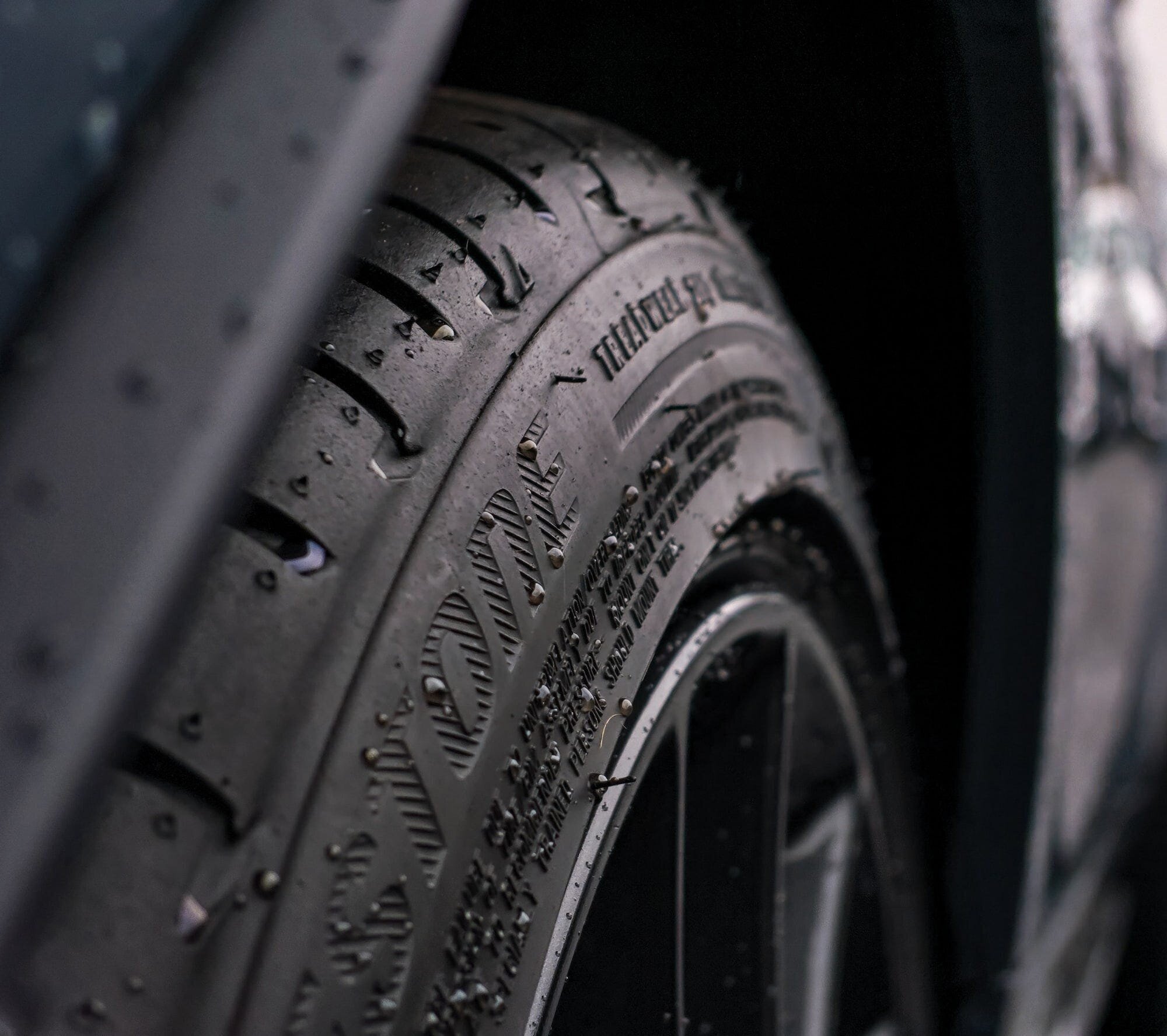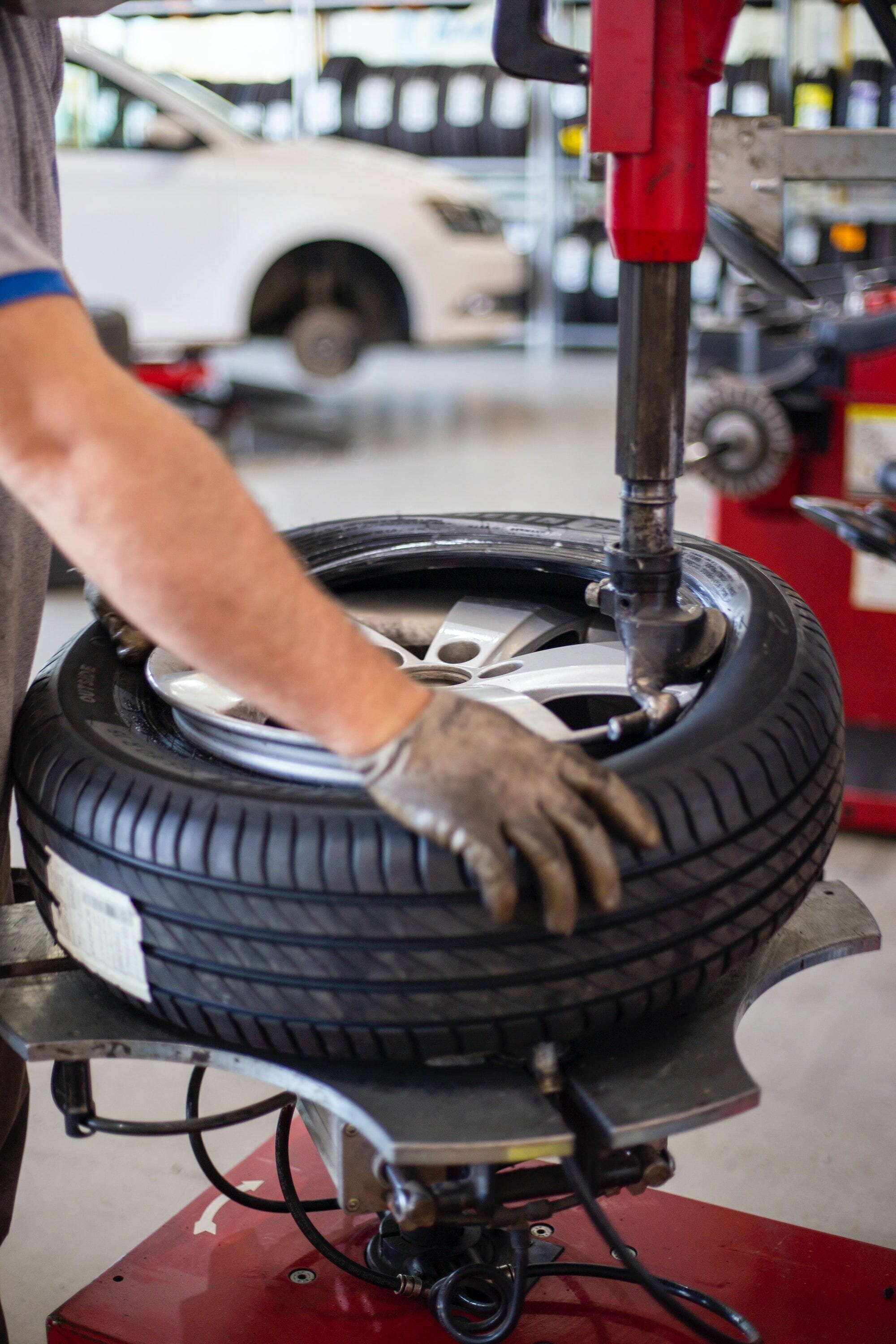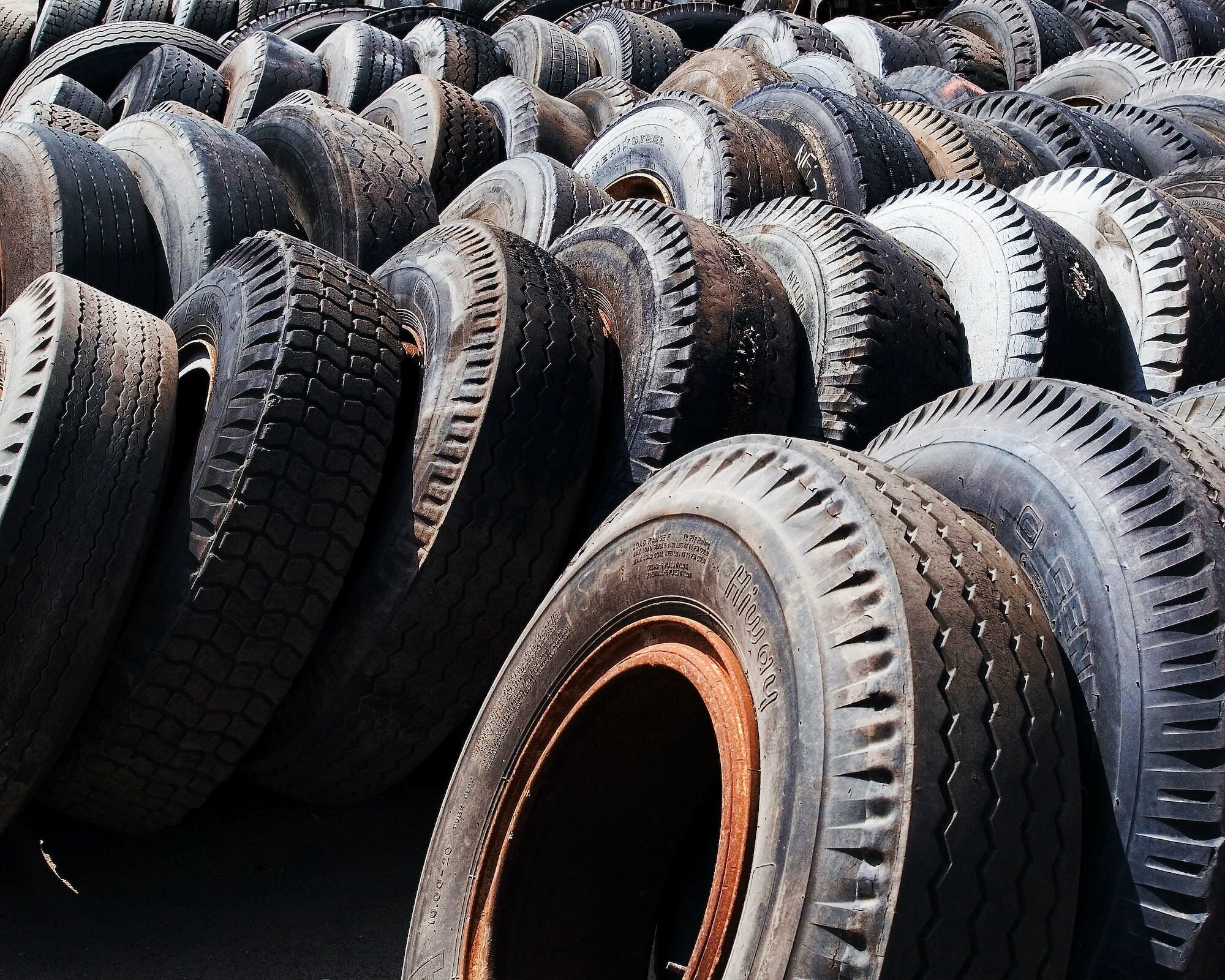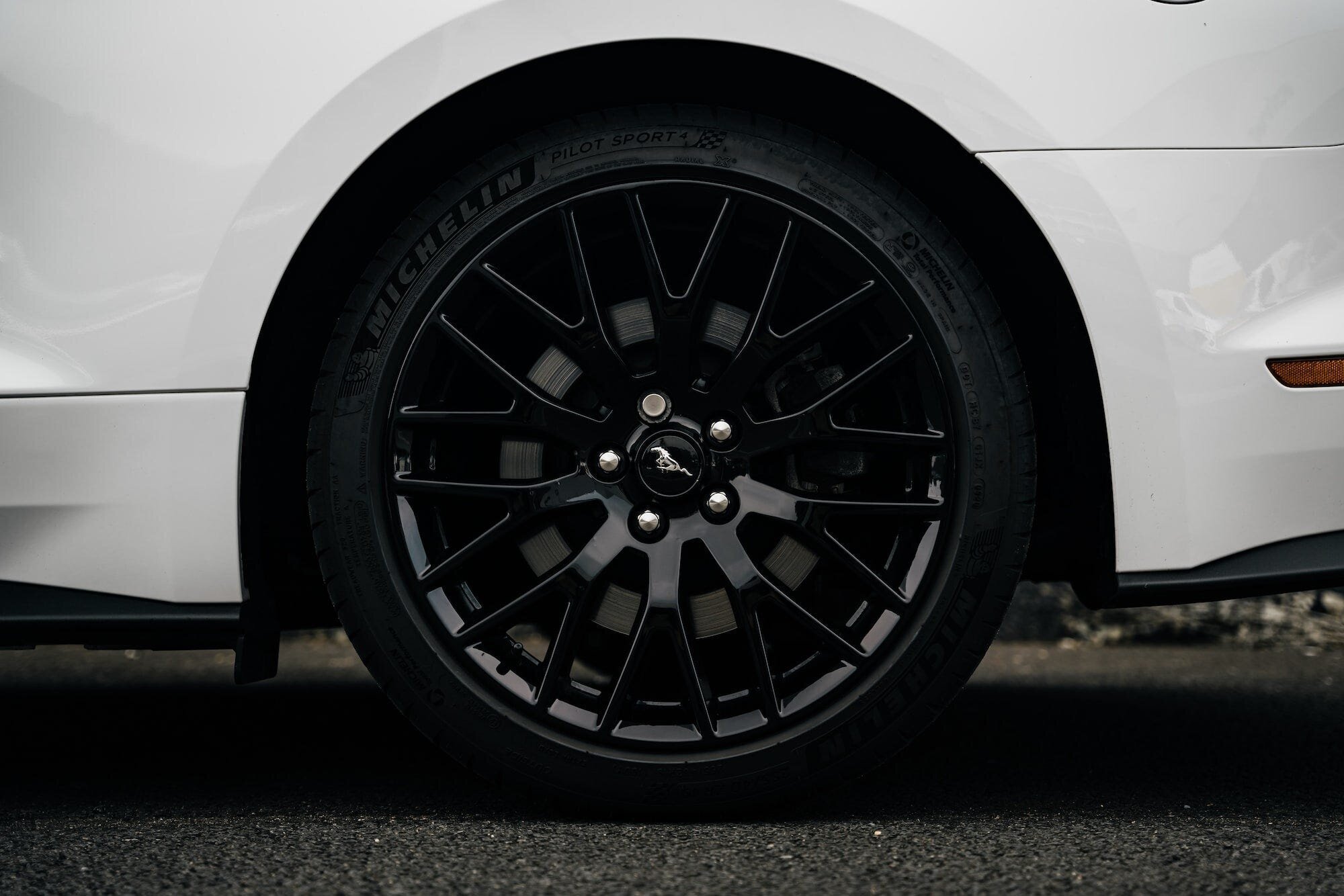Contents
- 1 How Tubeless Tires Work: Revolutionizing the Way We Roll
- 2 The Science Behind Tubeless Tires:
- 2.1 The Design and Construction
- 2.2 RelatedPosts
- 2.3 The Rise of Koenigsegg: From Dreams to Hypercar Legends
- 2.4 Unveiling the Mechanics of Run-Flat Tires: Pioneering Tire Technology for Uninterrupted Travel
- 2.5 Lamborghini Revuelto: A Futuristic Hybrid Supercar for Eco-Conscious Drivers
- 2.6 Sealing Mechanism
- 3 How Tubeless Tires Work:
- 4 Reacting to Punctures: How Tubeless Tires React to Punctures
- 5 Lifespan and Durability: How Durable are Tubeless Tires?
- 6 Advantages of Tubeless Tires
- 7 Disadvantages of Tubeless Tires
- 8 Future Innovations and Considerations
- 9 How Tubeless Tires Work in a Nutshell
- 10 Support Us on Patreon
The advent of tubeless tires has revolutionized the automotive industry, providing enhanced safety, performance, and convenience for vehicle owners. Unlike traditional tires, which rely on inner tubes to hold the air pressure, tubeless tires eliminate the need for tubes altogether. In this comprehensive article, we will delve into the science behind tubeless tires, their functioning, reaction to punctures, lifespan, and explore their advantages and disadvantages.
How Tubeless Tires Work: Revolutionizing the Way We Roll
The Science Behind Tubeless Tires:
The Design and Construction
Tubeless tires are made up of several key components:
a) Bead: The bead is a wire or synthetic cable that securely anchors the tire to the rim.
b) Sidewall: The sidewall provides flexibility and protection, resisting external forces.

c) Tread: The tread pattern provides grip and traction on various road surfaces.
d) Inner Liner: The inner liner, usually made of butyl rubber, acts as a sealant to retain air within the tire.
Sealing Mechanism
Tubeless tires rely on the tight fit between the tire bead and the rim, coupled with the presence of a sealant. The sealant fills any small gaps or punctures, preventing air leakage.
How Tubeless Tires Work:
Rim Design: Tubeless rims feature a specific design that facilitates airtight sealing. The rim bed is designed with a hook-shaped section that firmly holds the tire bead in place.
Sealant: Tubeless tires are filled with a sealant, usually a liquid latex compound. The sealant is evenly distributed within the tire, coating the inner surface. In case of a puncture, the sealant quickly reacts and forms a seal, effectively preventing air loss.

Air Retention: Tubeless tires maintain air pressure through the integrity of the tire structure and the sealing mechanism. The absence of a tube eliminates the risk of pinch flats, resulting in improved air retention.
Watch the video below to learn more about how tubeless tires work.
Reacting to Punctures: How Tubeless Tires React to Punctures
Sealing Mechanism: When a tubeless tire encounters a puncture, the sealant inside springs into action. The escaping air forces the sealant towards the puncture, where it quickly seals the hole. In many cases, the rider might not even notice the puncture, as the sealant works efficiently.
Temporary Fix: While the sealant provides an immediate fix for small punctures, larger or more severe punctures may require additional repair. In such cases, a plug or patch may be necessary to seal the hole permanently.
Lifespan and Durability: How Durable are Tubeless Tires?
Longevity: Tubeless tires generally have a longer lifespan compared to traditional tube-type tires. The lack of a tube minimizes the risk of blowouts caused by tube failures, contributing to increased durability.
Puncture Resistance: The presence of a sealant significantly improves the puncture resistance of tubeless tires. Small punctures, such as those caused by nails or sharp debris, are effectively sealed by the sealant. This feature enhances the tire’s lifespan and reduces the frequency of tire replacements.

Maintenance: Tubeless tires require regular inspection and maintenance to ensure optimal performance. Periodically checking the sealant levels and replacing it when necessary, as well as monitoring tire pressure will help maintain the tire’s effectiveness.
Advantages of Tubeless Tires
Enhanced Safety: Tubeless tires offer improved safety by minimizing the risk of sudden air loss due to punctures. The sealant acts as an instant repair mechanism, reducing the chances of accidents caused by deflation.
Better Performance: Tubeless tires provide superior performance due to reduced rolling resistance. This results in improved fuel efficiency, enhanced traction, and better overall handling of the vehicle.
Increased Comfort: Tubeless tires offer a smoother and more comfortable ride due to their ability to run at lower pressures without sacrificing stability. They absorb road vibrations, reducing the impact felt by the driver and passengers. Similarly, run-flat tires add an additional layer of comfort by ensuring that your car can run on a flat if necessary. Read more about how run-flat tires work below.
Disadvantages of Tubeless Tires
Initial Cost: Tubeless tires often come at a higher price point compared to traditional tube-type tires. The additional cost is attributed to the manufacturing process, sealant inclusion, and specialized rim requirements.
Complex Installation: Mounting tubeless tires can be more complex and time-consuming than installing tube-type tires. Special tools may be required to ensure a proper seal between the tire bead and the rim.

Future Innovations and Considerations
Continuous Improvement: As technology progresses, tire manufacturers are continually working on enhancing the design and performance of tubeless tires. Research and development efforts focus on optimizing sealant effectiveness, reducing rolling resistance, and further improving puncture resistance.
Tubeless Compatibility: While tubeless tires offer numerous advantages, it’s important to note that not all rims and tires are compatible with tubeless setups. When considering a transition to tubeless tires, it is crucial to ensure that both the rim and tire are designed for tubeless use. In some cases, tubeless conversion kits may be available for certain rim and tire combinations.
Monitoring and Maintenance: To maximize the benefits of tubeless tires, regular monitoring, and maintenance are essential. This includes periodically checking the tire pressure, inspecting for any cuts or damage, and replenishing the sealant when needed. Additionally, it is important to follow the manufacturer’s guidelines for sealant replacement and tire rotation to ensure optimal performance and longevity.
Environmental Considerations: Tubeless tires also offer some environmental benefits. By reducing the frequency of tire replacements and improving fuel efficiency, they contribute to a lower carbon footprint. Additionally, tubeless tires generate less waste compared to tube-type tires since inner tubes are not discarded after each puncture.

What Makes Tubeless Tires Stand Apart?
Tubeless tires have ushered in a new era of performance and safety in the automotive industry. With their advanced sealing mechanism, enhanced puncture resistance, and improved longevity, they have become a popular choice for many drivers. As technology advances and further innovations are introduced, tubeless tires are likely to continue evolving, offering even greater benefits. However, it is important to ensure proper compatibility, perform regular maintenance, and stay updated on the latest advancements to fully enjoy the advantages of tubeless tire technology.
How Tubeless Tires Work in a Nutshell
Tubeless tires have redefined the standards for safety, performance, and convenience in the automotive industry. By eliminating the need for inner tubes and employing a sealing mechanism, tubeless tires offer increased puncture resistance, enhanced longevity, and improved performance.
While they come with higher initial costs and require specific installation procedures, the advantages they provide make them a popular choice for discerning vehicle owners. As technology advances, tubeless tires continue to evolve, promising even greater benefits for future motorists.

Support Us on Patreon
Are you a fan of creative content that inspires, entertains, and educates? Do you want to support our platform and help us continue producing high-quality work?
Join our Patreon community today at just $4 per month! From behind-the-scenes sneak peeks to exclusive tutorials and interviews, our Patreon members get the inside scoop on everything we create.
And if you’re not ready to commit to a monthly subscription, you can access free content by subscribing here.
With your support, we can keep creating amazing content and building a community that values creativity and innovation. Join us on Patreon today!
This article has been written with the help of A.I. for topic research and formulation.








